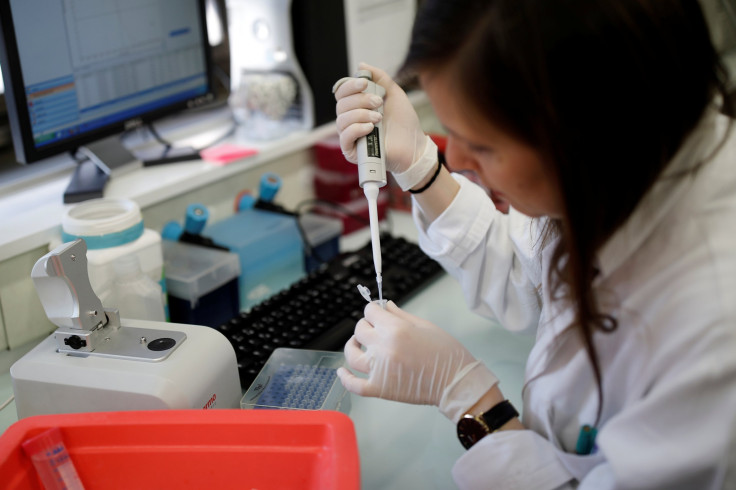What Is Tissue Nanotransfection? A Step Forward For Nanotechnology In Regenerative Medicine

Does the idea of a device healing serious wounds or an entire organ in a human body with a single touch seem too far-fetched? Researchers at the Ohio State University Wexner Medical Center have inched closer to making the possibility a reality.
In what is being viewed as a breakthrough in regenerative medicine, the researchers have come up with a simple-to-implement reprogramming methodology that adopts a non-viral approach and eliminates the cumbersome pre-processing steps of other cellular therapies.
The technique — Tissue Nanotransfection or TNT — has been studied so far in pigs and mice, and successfully worked 98 percent of the time. Interestingly, it does not require any laboratory-based procedures, unlike stem cell therapy. The study was published Monday in the journal, Nature Nanotechnology.
Read: Scientists Coax DNA Nanotubes Into Assembling Into Bridge-Like Structures
“With this technology, we can convert skin cells into elements of any organ with just one touch. This process only takes less than a second and is non-invasive, and then you're off,” said Dr. Chandan Sen, director of the Ohio State University's Center for Regenerative Medicine & Cell Based Therapies. Sen co-led the study with L. James Lee, professor of chemical and biomolecular engineering at the university's College of Engineering, in collaboration with the Nanoscale Science and Engineering Center of the university.
“The chip does not stay with you, and the reprogramming of the cell starts. Our technology keeps the cells in the body under immune surveillance, so immune suppression is not necessary,” Sen, who is also the executive director of the university's Comprehensive Wound Center, said, according to an article published by the varsity referring to the research.
Elaborating about the technique, first author Daniel Gallego Perez, an assistant professor of Biomedical Engineering, said, TNT has two major components: a nano-based chip device that delivers cargo to the adult cells and biological cargo that helps in cell conversion. The device is zapped into the cells with an electrical charge — barely felt by the patients, according to the researchers — and the cargo is delivered into the cells.
So what can the technique do? Well, during the study, the researchers were able to reprogram skin cells to become vascular cells and heal severely injured legs within a week. Sharing his observation, Sen said “skin is a fertile land,” and that the technique can also heal organs in future.
During the research, the technique was found to heal damaged brain cells in mice. The technique can be used to cure Alzheimer’s and Parkinson’s diseases in future. The researchers plan to test this technology in humans next year.
The research in nanotechnology for curing diseases in human is advancing by leaps and bounds. A study published in July in the journal, Nature Chemistry, referred to the strategy to create functional cell-permeable nanobodies — antibodies having single, monomeric domains — that are capable of targeted labeling and manipulation of intracellular antigens. The findings can help scientists expand the use of immunotherapy.
Read: Korean Scientists Develop Nanorobots That Are More Efficient Than Chemotherapy
Further, according to Sam Gambhir, MD, PhD, professor, and chair of radiology at the School of Medicine, Stanford University, nanotechnology will change the path of cancer treatment and diagnosis in the United States within the next decade. “We can now detect just a few cancer-associated molecules or circulating tumor cells in the body in just a few milliliters of blood or saliva, or map the boundaries of a brain tumor within millimeters to assess its response to therapy or to plan a surgery,” he was quoted as saying in an article published last year by the Stanford Science magazine.
“We’ve specially designed nanoparticles that can send back a massively amplified, whopping signal when they bind to cancer cells in the colon, and we’re working on ways to trigger the self-assembly of nanoparticles when they enter a cancer cell. The field has advanced tremendously in the past 10 to 15 years.”
Another research paper published in 2013 by the journal, Science and Technology of Advanced Materials, highlighted that nanotechnology could be used to control the fate of stem cells, known for their potential to repair damaged tissues.
© Copyright IBTimes 2024. All rights reserved.





















